
AUTHOR
Ravi Singh

Senior Writer at Stellar®. He is an expert Tech Explainer.
Ravi Singh is a Senior Writer at Stellar®. He is an expert Tech Explainer, IoT enthusiast, and a passionate nerd with over 5 years' experience in technical writing. He writes about Data Recovery, File Repair, Email Migration, Linux, Windows, Mac, and DIY Tech.
Education
Ravi has a Master’s degree in Computer Applications and certification in Hadoop Big Data Development. During college days, he gained expertise in programming and has worked on a few projects.
Experience
Besides writing, he has hands-on experience in IoT programming & development, video editing, WordPress web development, and Linux server administration. He also worked on cross-platform apps and uses Windows, Mac, and Linux machines to solve technical problems. Check out his GitHub profile.
Life
He is a Raspberry Pi fan and an open-source lover. Ravi spends most of his weekends working with IoT devices and playing games on the Xbox. He is also a solo traveler who loves hiking and exploring new trails.
How to Fix "This Data File has not been Configured" Error in Outlook?
Several Outlook users have reported encountering an error, saying "This data file has not been configured", when opening Outlook or setting up a new profile. This error indicates that the...
[Fixed]: Your POP Server has Unexpectedly Terminated the Connection Error in Outlook
When you start Outlook or attempt to send/receive emails manually using the Update Folder or Send/Receive All Folders option in Outlook, you may encounter an error message that says,...
How to Fix Limited Connectivity in Outlook?
Outlook is a popular email client that people use for managing their email communication and other tasks. However, users sometimes encounter issues and errors while using Outlook. One of...
How to Solve Google Workspace Sync for Microsoft Outlook Issues?
Email users can leverage the flexibility of Google Workspace and comprehensive features of Microsoft Outlook by using Google Workspace Sync for Microsoft Outlook (GWSMO) provided by Goog...
How to Fix “We're having Trouble Fetching Results from the Exchange Server” Error in Outlook?
Microsoft Outlook users may encounter the error message, "We're having trouble fetching results from the Exchange Server" when trying to use the search feature. This error usually appear...
How to Fix Outlook 365 not Receiving Emails?
Outlook users often encounter issues with email reception. The Outlook 365 not receiving emails issue can occur due to different reasons. So, it is important to quickly identify and ad...
How to Fix Outlook won't Connect to POP3 Server Issue?
Outlook is a popular business email client, which is used by professionals and organizations across various sectors. This email client supports almost all popular email protocols, such as...
How to Create SMTP Relay in Exchange Server 2016 and 2019?
In older versions of Exchange Server, like 2007 and 2010, the Hub Transport Service is used to take care of anything related to SMTP. In newer versions of Exchange Server (2016 and 2019),...
How to Fix Mail Server Errors in Apple Mail for macOS?
Mac users often face issues while using the Apple Mail application. Some common issues include unresponsiveness of Apple Mail application, unable to receive and send emails, errors on the...
How to Put Exchange Server in Maintenance Mode?
You must put the Exchange Server in maintenance mode when installing monthly Windows Security and features updates, Exchange Server Cumulative Updates (CU), or any other software updates,...


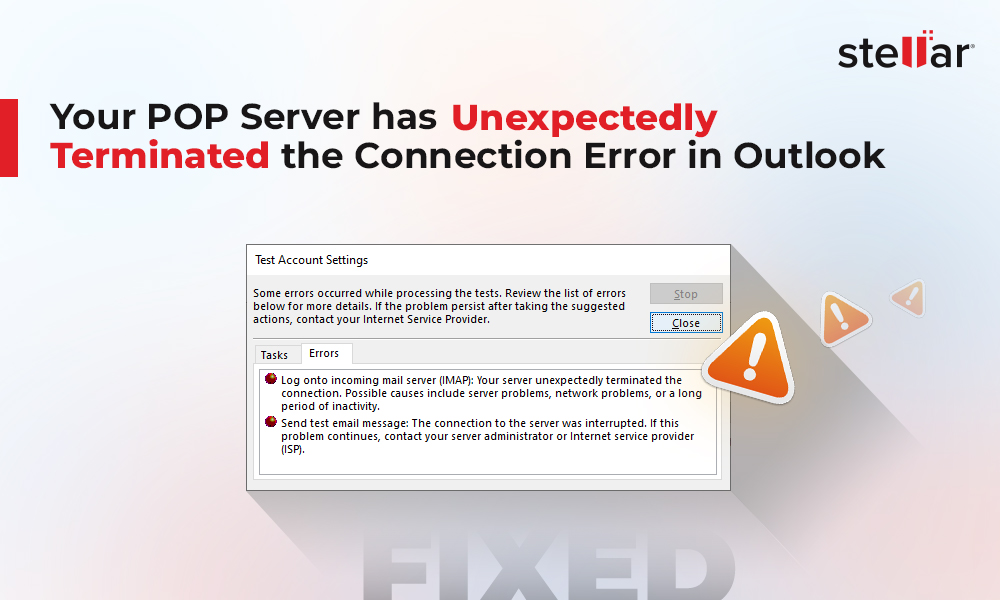

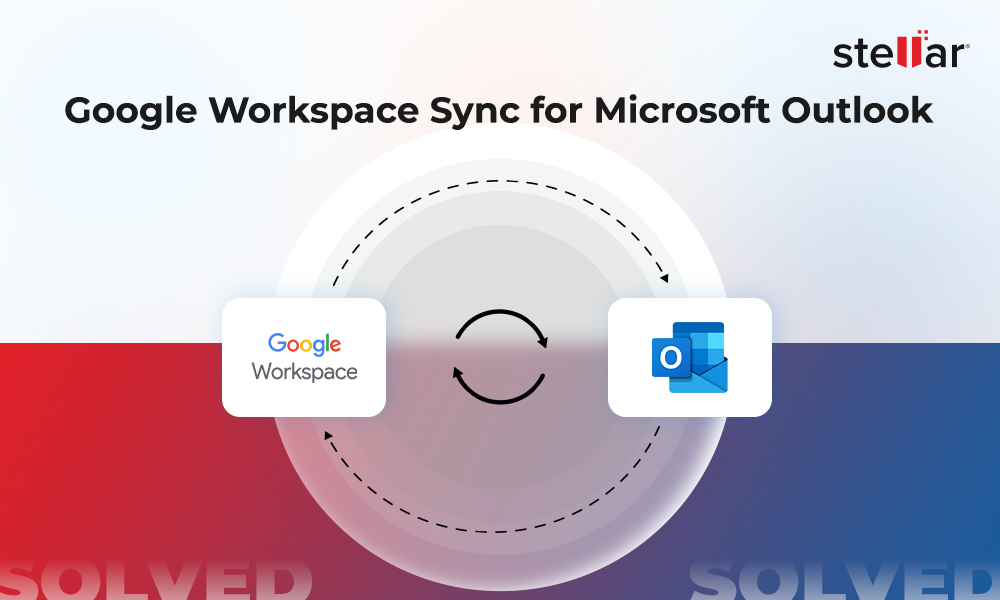

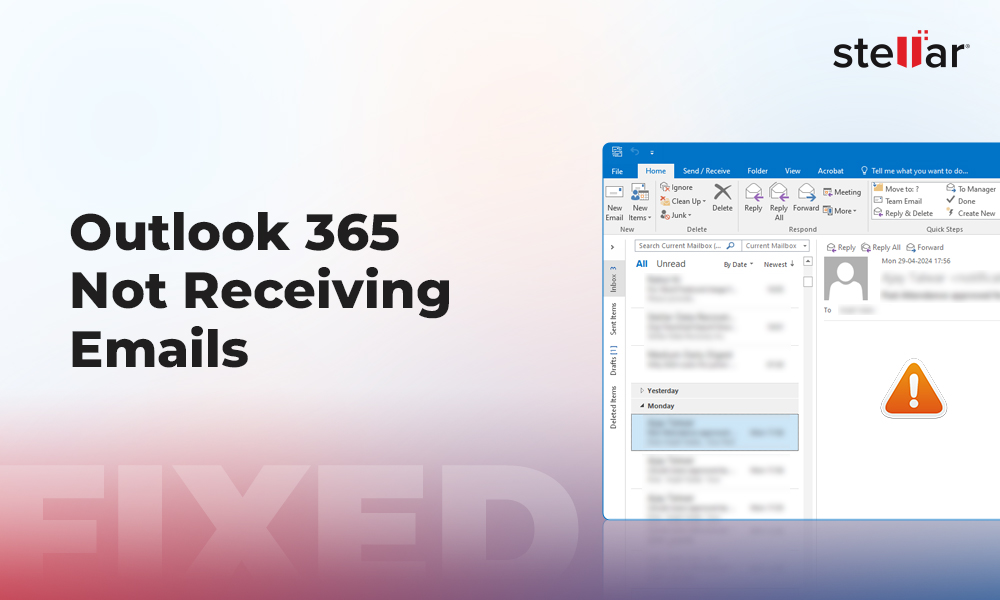
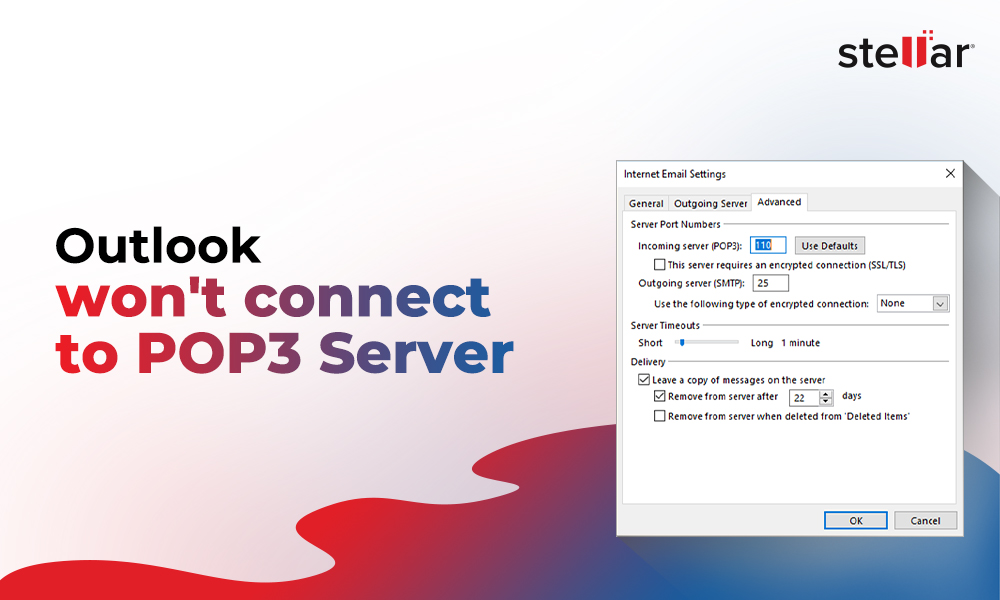
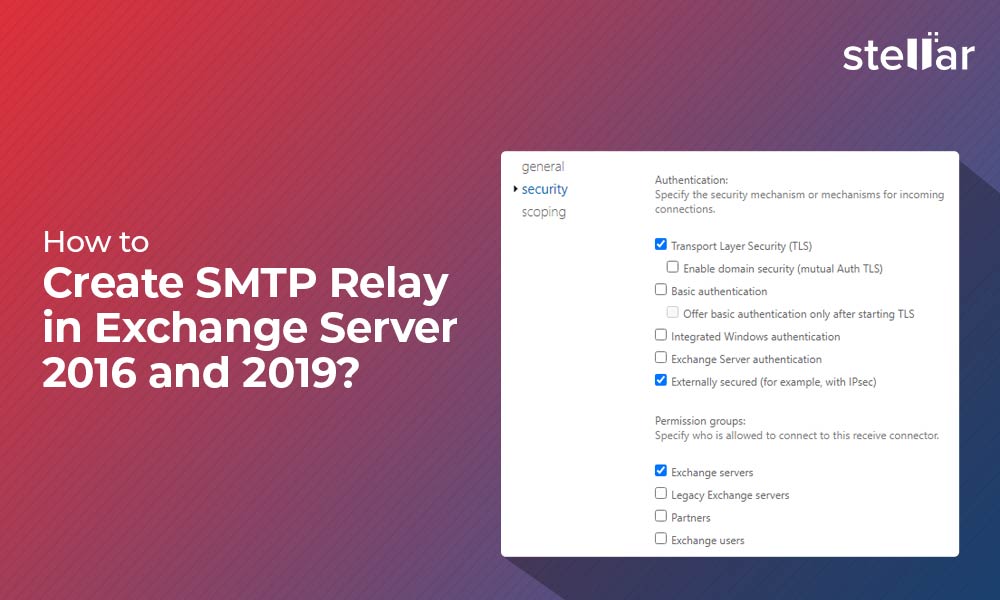

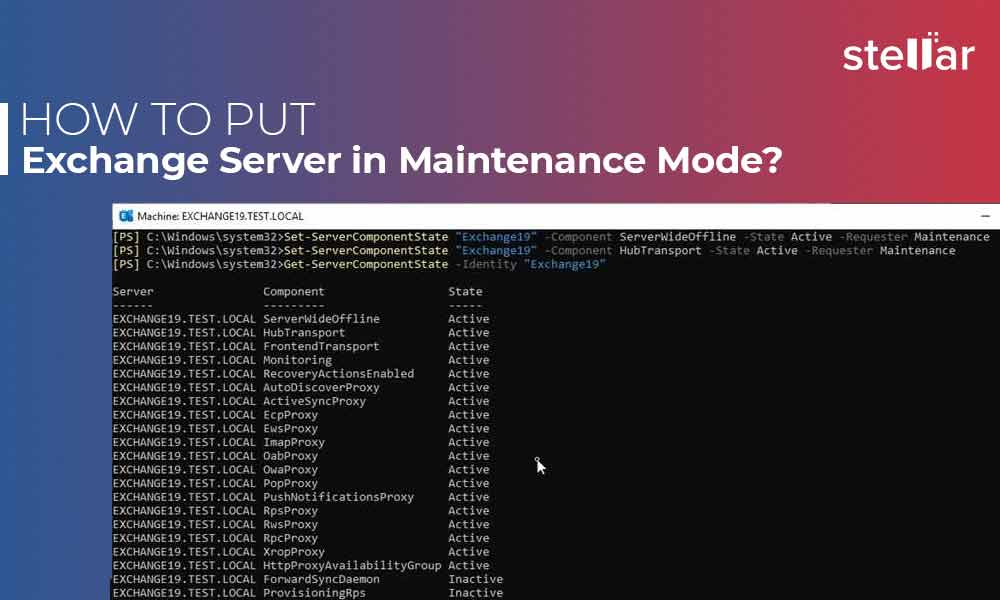
 Load More
Load More


